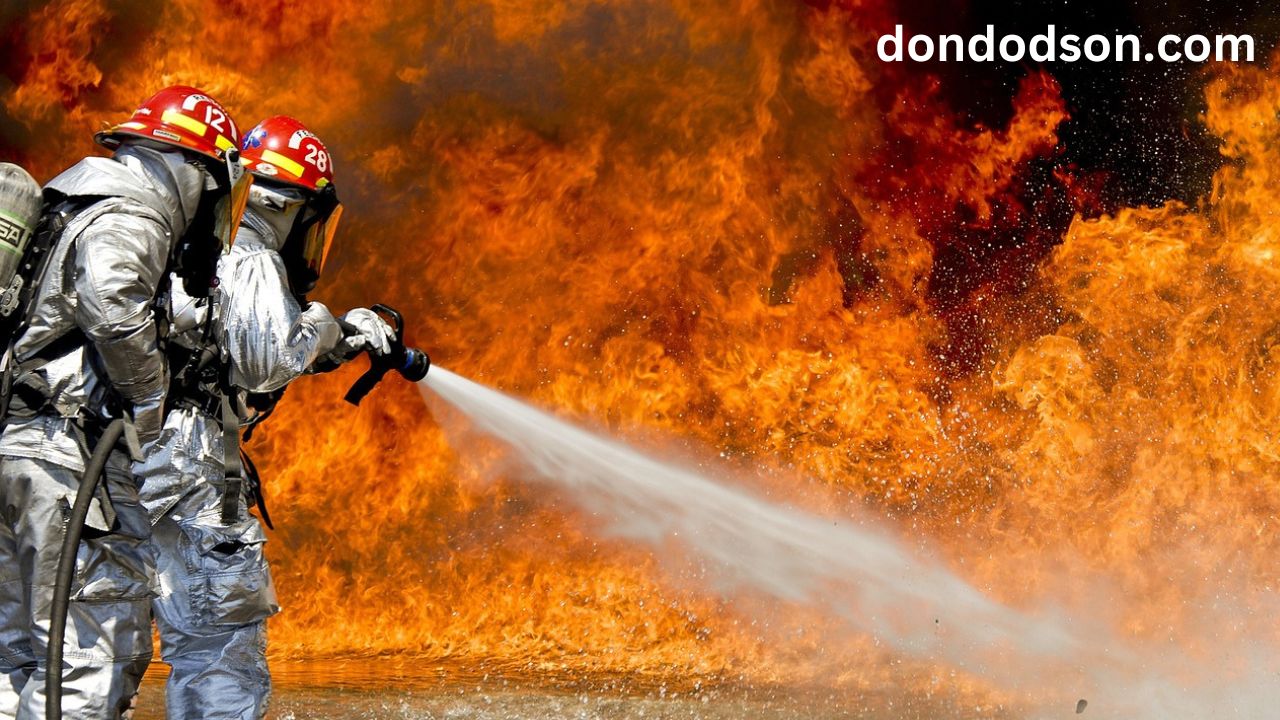Introduction to BlueFire Wilderness
When it comes to wilderness therapy, many parents seek programs that promise healing and personal growth for their troubled teens. One such program, BlueFire Wilderness, has garnered attention recently—not just for its outdoor adventures but also due to serious allegations that have emerged against it. As families navigate the often murky waters of youth treatment options, understanding what’s happening with this particular program is crucial. This blog will unpack the lawsuit against BlueFire Wilderness, explore its implications for students and families involved, and provide valuable insights on ensuring safety in similar programs.
The Allegations and Lawsuit Against BlueFire Wilderness
The allegations against BlueFire Wilderness are serious and troubling. Families have come forward, claiming that their children experienced physical and emotional abuse while in the program. Reports suggest a lack of proper supervision and inadequate training for staff members.
Some parents describe incidents where students were subjected to harsh disciplinary measures. These accounts raise significant concerns about the safety protocols in place at the facility.
Additionally, former students allege neglectful practices that led to lasting trauma. Claims highlight instances of insufficient medical attention during critical moments.
This lawsuit has sparked widespread discussions within communities about accountability in wilderness therapy programs. Parents are questioning whether these environments genuinely prioritize their children’s well-being or if profit motives take precedence over care standards.
As legal proceedings unfold, many eyes remain on BlueFire Wilderness and its operational methods amid these grave accusations.
Response from BlueFire Wilderness
BlueFire Wilderness has issued a statement addressing the allegations made against them in the ongoing lawsuit. They emphasize their commitment to providing a safe and nurturing environment for all participants in their programs.
In their response, BlueFire highlights the extensive training and qualifications of their staff. They assert that each team member is dedicated to supporting students’ emotional and physical well-being.
Additionally, BlueFire challenges some claims, suggesting they misrepresent certain events. The organization insists that they follow industry standards and best practices throughout their operations.
They express concern over how these allegations may affect current students and families seeking help. To reassure parents, BlueFire emphasizes open communication channels for inquiries or concerns regarding the program’s safety measures.
Moreover, they invite an independent review to validate their protocols and procedures while maintaining transparency during this challenging time.
Impact on the Students and Families Involved
The BlueFire Wilderness lawsuit has left many students and families grappling with uncertainty. Families who entrusted the program with their children’s wellbeing now find themselves questioning everything.
For some, the emotional toll is significant. Parents feel a deep sense of betrayal when allegations surface about treatment methods that may have been harmful rather than healing.
Students caught in this situation often experience confusion and anxiety. They joined programs seeking support but are now entangled in controversy that undermines their progress.
Many parents express frustration over what they perceive as inadequate communication from BlueFire Wilderness during this crisis. This lack of transparency can lead to feelings of isolation, compounding the stress experienced by both children and their families.
As discussions unfold about safety protocols within these programs, some families are concerned for their children’s well-being amidst shifting dynamics.
Similar Cases in the Troubled Teen Industry
The troubled teen industry has faced scrutiny over the years, with several cases exposing systemic issues within programs. One notable instance involved a facility that resorted to harsh disciplinary measures, raising questions about treatment methodologies.
Another case highlighted allegations of neglect and abuse in wilderness therapy settings, resulting in legal actions against multiple organizations. These stories resonate deeply with many families seeking help for their children.
Concerns often revolve around transparency and accountability. Many parents are unaware of the risks associated with certain programs until it’s too late.
As awareness grows, advocates push for reform and better regulation across the industry. The goal is to ensure safe environments where young people can heal without fear of harm or mistreatment.
These incidents serve as cautionary tales for those considering options in this complex landscape of support services.
Steps to Take When Choosing a Wilderness Therapy Program
Choosing a wilderness therapy program requires careful consideration. Start by researching the program’s credentials and staff qualifications. Ensure they have licensed professionals experienced in working with youth.
Next, evaluate their approach to treatment. Different programs may focus on various therapeutic methods. Look for one that aligns with your child’s needs and values.
Visit the facility if possible. A firsthand look at the environment can offer insights into safety and comfort levels. Talk to current or past participants and their families about their experiences.
Ask about aftercare support as it plays a crucial role in sustaining progress post-program. Understanding what follow-up services are available can help ensure lasting change.
Trust your instincts as a parent or guardian; seek out an atmosphere where you feel confident your child will thrive while receiving appropriate care.
YOU MAY ALSO LIKE
Dustin Basye at Papa Johns: Transforming the Fast-Food Industry
Conclusion:
Ensuring the safety of children in residential programs is a shared responsibility. Parents, guardians, and operators must prioritize the well-being of every child involved.
Transparent communication is key. Families should feel empowered to ask questions about staff qualifications, program practices, and emergency protocols.
Accreditation matters too. Programs that meet established standards demonstrate their commitment to safe environments. Researching these credentials can help families make informed choices.
Moreover, ongoing monitoring plays a crucial role. Regular inspections by independent bodies can ensure that facilities adhere to relevant safety guidelines and regulations.
Fostering open dialogues between students and staff creates an atmosphere where concerns can be voiced freely. The emotional health of young individuals often hinges on feeling heard and supported in their surroundings.
FAQs
1. What is BlueFire Wilderness?
BlueFire Wilderness is a therapeutic wilderness program designed for troubled teens.
2. What are the allegations against BlueFire Wilderness?
Allegations include neglectful practices and inadequate supervision leading to emotional distress among participants.
3. How has BlueFire responded to these claims?
They assert commitment to student welfare while challenging specific allegations made in court documents.
4. What impact does this lawsuit have on students?
It creates uncertainty and anxiety among current students and concerns families regarding safety protocols.
5. Are there similar cases in the industry?
Yes, there have been multiple lawsuits involving various wilderness therapy programs addressing child welfare issues.











